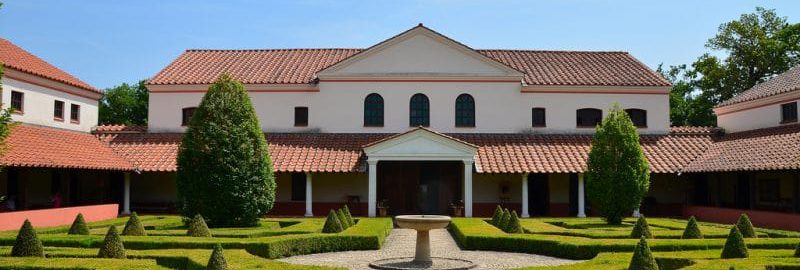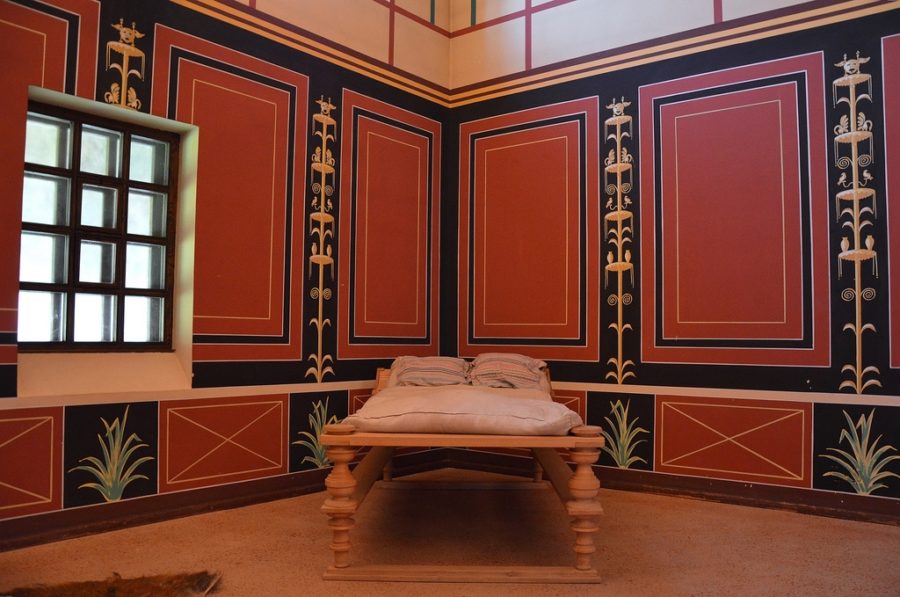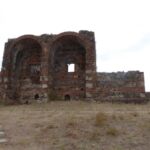At the end of the 19th century, near the German town of Borg, the remains of a Roman country villa (villa rustica) were found. The facility consisted of three wings, covering an area of 7.5 hectares. In 1994, a project was launched to recreate the appearance of the building from the 2nd-3rd century CE. In 2008, the work was completed and tourists can admire the magnificent work.
The construction work was based on information gathered during excavations on the site as well as other historical areas, such as the archaeological work at the villa in Echternach, Luxembourg. The rebuilt villa now serves as a museum where visitors can learn about rural life in Roman times.
The Roman villa in Borg had its own bathhouse, which consisted of: frigidarium (cold water baths), caldarium (warm water baths) or tepidarium (relaxation room with hot water, which was the central hall in the thermal baths and the first place visited by bathers). In the bathhouse, the Romans could also use a latrine or changing room (apodyterium). However, the greater part of the reconstructed building is the residential part, kitchen and residences. In one of the wings, there is a tavern where you can try a typical Roman menu. What’s more, ancient bread is baked in the reconstructed kitchen, which you can buy and taste.
In 2000, the complex was extended by six gardens, where herbs, fruits, roses and vegetables grow. The produce from the gardens is then used in the tavern.
Excavations are still being carried out in the complex at pars rustica – a place where servants and slaves stayed. Below are some photos from the villa; more of them are in the source.
- Reconstructed beautiful Roman villa in Borg
- Reconstructed beautiful Roman villa in Borg
- Reconstructed beautiful Roman villa in Borg










